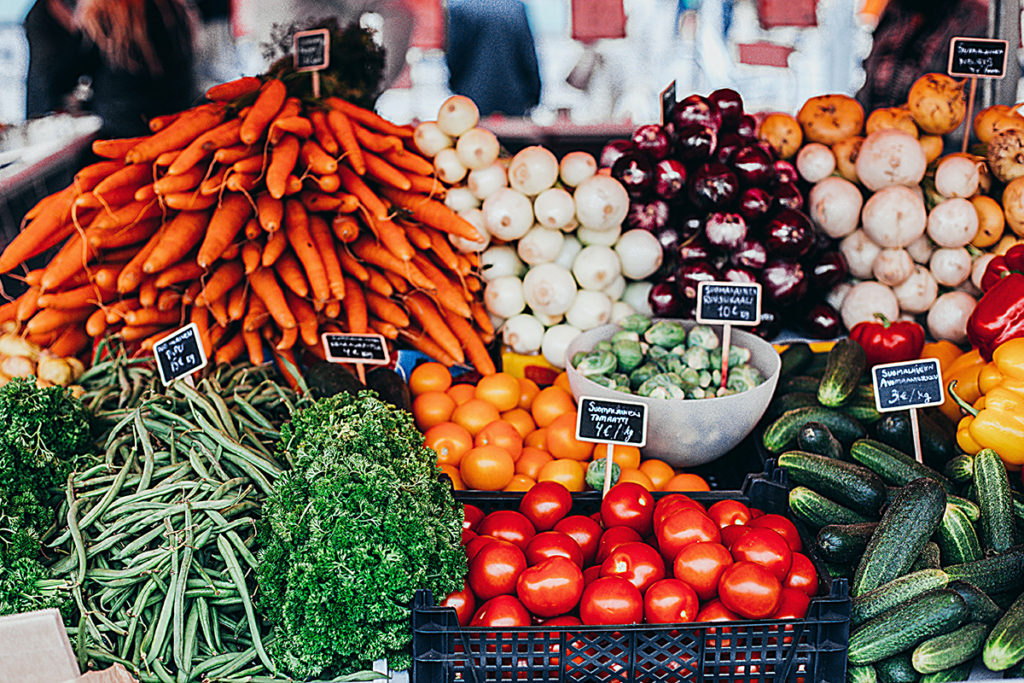‘Globally, indigenous peoples suffer from poorer health, are more likely to experience disability and reduced quality of life, and ultimately die younger than their non-indigenous counterparts.’
A UN Report on the health of indigenous peoples points to a significant problem, but the question is WHY? Why are native populations more prone to autoimmune disorders and type 1 diabetes? Why do they have a higher incidence of alcoholism and drug addiction? And why the lower life expectancy?
The Gluten Free RN is exploring the role of food in health outcomes for indigenous populations around the world. She begins with an explanation of the dietary differences between hunter-gatherer and agricultural societies, discussing how native populations were exposed to the gluten in grains only when European conquerors came to occupy their lands.
Nadine shares her challenge in finding information about indigenous populations and celiac disease, explaining why further study is necessary. She speaks to the highly processed nature of the commodity foods provided to Native Americans in the US and the shortcomings of Canada’s Food Guide when it comes to the health of First Nations people. Listen in and learn the significance of educating indigenous populations around celiac disease and non-celiac gluten sensitivity, empowering those groups to make choices that will improve their health and quality of life!
What’s Discussed:
The global indigenous population
- 370M in 70-plus countries
- Rich diversity of cultures
The health status of indigenous populations
- Higher incidence of autoimmune disorders, T1D
- Higher prevalence of addictive disorders, cardiovascular disease
- Lower life expectancy, increased morbidity/mortality
Why indigenous populations have more health issues
- Access to health care, isolation and lifestyle
- Food (hunter-gatherer vs. agricultural society)
The lack of information around indigenous populations and celiac disease
- Very few studies available
The impact of grains on the native population
- Significant change in health care outcomes, quality of life
The prevalence of celiac disease in indigenous populations
- At least 1%, likely 3% or higher
- No way to know without mass screening
Why eating healthy is a challenge for the indigenous population
- Food scarcity, desserts
- Reliance on commodity foods provided by government
The conclusions of the Prairie Nymph blog on Canada’s Food Guide
- Based on diet of European origins, doesn’t mention celiac disease
- Ignores health benefits of traditional diet for First Nations people
Why it’s important to educate indigenous people around celiac disease
- Empower to make food choices with better health outcomes
Resources:
Guns, Germs, and Steel: The Fates of Human Societies by Jaren M. Diamond
Dough Nation by Nadine Grzeskowiak
USDA Commodity Supplemental Food Program
‘Canada’s Food Guide and Native Women’ by Prairie Nymph
The Sioux Chef’s Indigenous Kitchen by Sean Sherman
American Indian and Alaska Native Health
‘Celiac Disease: A Life-Changing Diagnosis’ in Indian Country Today
‘Government Food Boxes? It’s Nothing New for Native Americans’ on WDET
UN Indigenous Peoples Fact Sheet
Summary of Aboriginal and Torres Strait Islander Health
WHO Health of Indigenous Peoples
WHO Indigenous Peoples and Substance Abuse
Connect with Nadine:
‘Your Skin on Gluten’ on YouTube
Books by Nadine:
Dough Nation: A Nurse’s Memoir of Celiac Disease from Missed Diagnosis to Food and Heal



I am new to this disease in my daughter and appreciate any information to educate me.